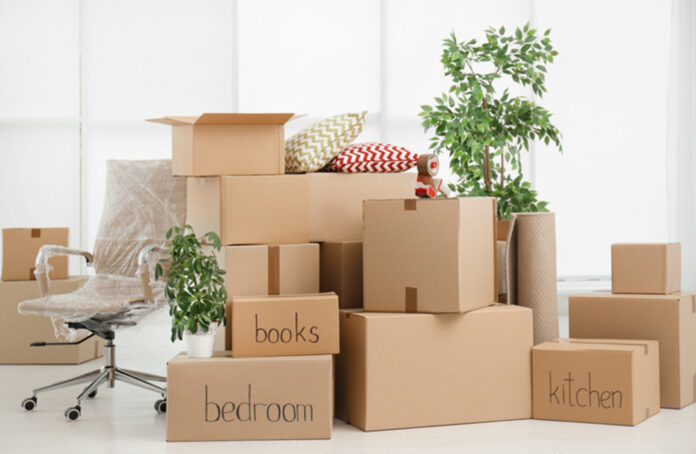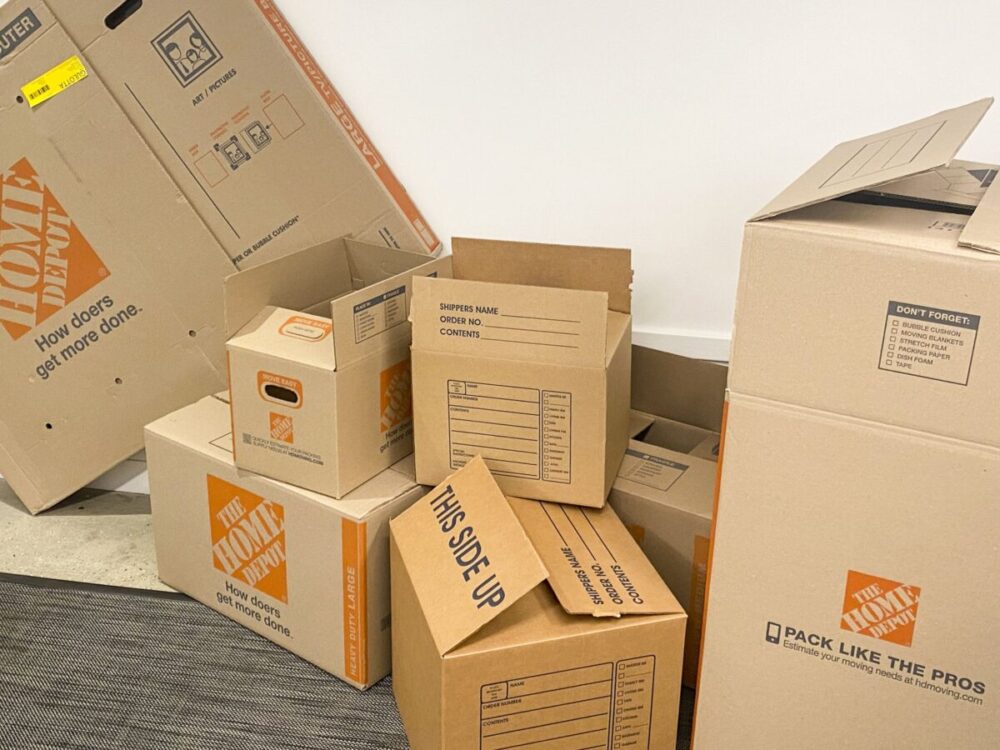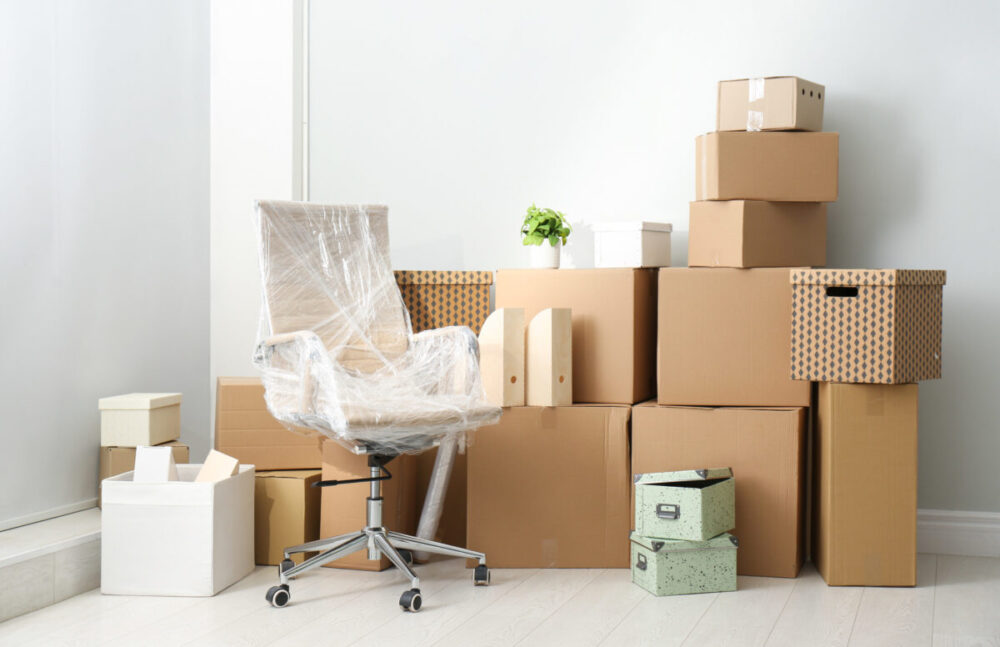
Moving can be a daunting task, but with the right strategies for organizing and labeling your boxes, it can be a smooth and efficient process. Properly categorizing and marking your belongings not only makes unpacking easier but also ensures the safety of your items during transit. Let’s look at some professional tips to help you manage this aspect of your move effectively.
1. Start with a Clear Sorting Strategy
Categorize by Room
Before you start packing, it’s crucial to have a clear plan. Begin by categorizing your belongings by room. This approach simplifies unpacking, allowing you to focus on one room at a time. For instance, keep all kitchen items together rather than mixing them with living room objects. This method reduces confusion and streamlines the unpacking process.
Group Items by Type
Within each room category, further organize items by type. For example, in the kitchen, separate utensils, dishes, appliances, and pantry items. This extra step prevents damage by ensuring fragile items are packed with appropriate cushioning and heavier items are not placed on top of delicate ones. It also makes it easier to find specific items quickly when you start to settle into your new home.
2. Invest in Quality Labeling Materials

Choose Durable Labels and Markers
Using high-quality labeling materials for labeling boxes is essential. Opt for waterproof labels and permanent markers to ensure your labels remain legible throughout the move. Cheap labels or low-quality markers might fade or peel off, leading to confusion upon arrival at your new home. Durable labels also withstand various weather conditions, which is particularly important if your belongings are in transit for an extended period.
Color-Coding and Numbering System
Implement a color-coding system by assigning a different color to each room. For instance, use blue labels for the bedroom, green for the kitchen, and so on. This visual aid quickly directs movers or helpers to the correct room. Additionally, consider a numbering system where each box has a unique number. This method helps keep an inventory of your boxes, ensuring none are misplaced during the move.
3. Detailed Labeling: Beyond the Basics
List Contents Clearly
Instead of just labeling boxes with the room name, add a brief list of contents. This detail is particularly useful for essential items you’ll need immediately upon arrival, like bedding, toiletries, or kitchen essentials. It also helps in prioritizing which boxes to unpack first.
Special Handling Instructions
For boxes containing fragile items, clearly mark them with “Fragile” or “Handle with Care.” If certain boxes need to be kept upright or are particularly heavy, label these accordingly. This step is crucial for preventing damage and ensuring the safety of those handling your boxes. It communicates your expectations clearly, reducing the risk of mishandling during the move.

Conclusion
Organizing and labeling your moving boxes effectively can transform a chaotic moving experience into a manageable and enjoyable process. By following these professional tips, you’ll be well on your way to a smooth and organized move.








